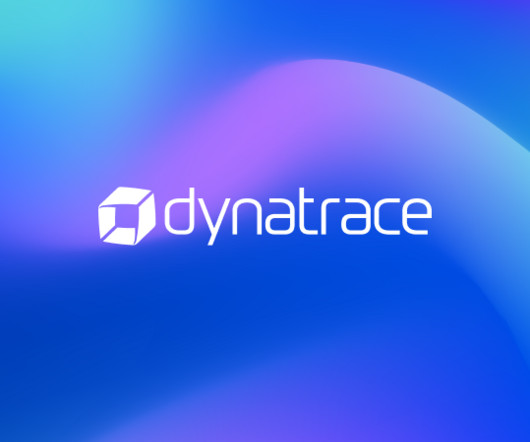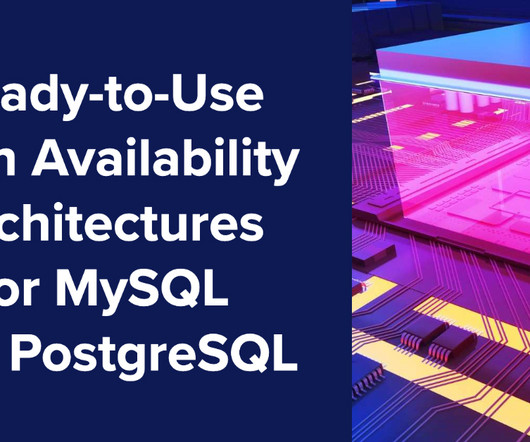From Proprietary to Open Source: The Complete Guide to Database Migration
Percona
OCTOBER 18, 2023
Migrating a proprietary database to open source is a major decision that can significantly affect your organization. Advantages of migrating to open source For many reasons mentioned earlier, organizations are increasingly shifting towards open source databases for their data management needs.
































Let's personalize your content